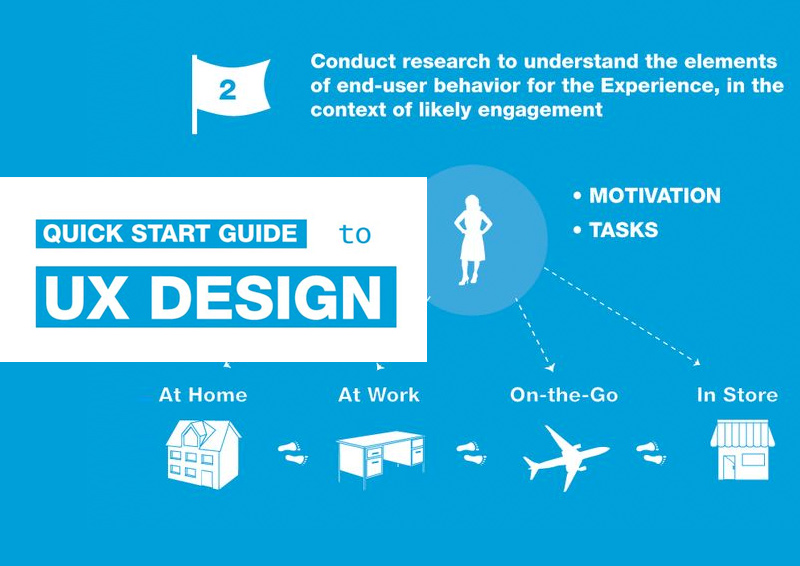Improving User Experience Via Web Design To Raise Conversions
Improving User Experience Via Web Design To Raise Conversions
Blog Article
Content Written By-Burris Dickey
Have you ever before went to an internet site that took permanently to lots, had a complicated navigating system, or didn't present properly on your mobile device? Possibilities are, you swiftly deserted that site and carried on to one that offered a better user experience.
In today's affordable on the internet landscape, it's crucial for companies to focus on website design that boosts individual experience in order to drive much better conversions. In this discussion, we will certainly explore the importance of receptive design, the usage of instinctive navigation, and the optimization of web page tons rate to develop a seamless and interesting user journey.
Keep tuned to discover just how these elements can considerably influence your site's success.
Importance of Responsive Design
Receptive layout is essential in today's electronic landscape for developing web sites that adjust seamlessly to various display sizes and tools. When your website is responsive, it automatically readjusts its design and web content to fit any type of gadget, whether it's a smartphone, tablet, or desktop. This is critical since a growing number of people are accessing the net via their mobile phones.
If your internet site isn't responsive, it can bring about an inadequate customer experience. Customers may have to squeeze and zoom to review material, switches might be as well small to click on, and images might not be maximized for smaller displays. This can discourage users and bring about high bounce rates and reduced conversions.
Utilizing User-friendly Navigating
When making a responsive website, it is very important to focus on using intuitive navigating for an enhanced individual experience.
Instinctive navigating describes organizing your website's menu and navigation aspects in a sensible and straightforward means. By doing so, which seo company make it much easier for site visitors to discover what they're searching for and browse through your internet site effortlessly.
User-friendly navigating helps in reducing complication and irritation, ultimately resulting in better customer engagement and increased conversions.
To attain user-friendly navigation, consider making use of clear and descriptive tags for your menu products, implementing a consistent design across all pages, and incorporating search capability for quick access to certain material. Additionally, it's critical to focus on vital web pages and info, ensuring they're prominently displayed and conveniently available.
Optimizing Page Tons Speed
To improve customer experience, it's important to enhance the web page load speed of your internet site. Sluggish filling times can frustrate customers and cause higher bounce rates.
Luckily, there are numerous techniques you can execute to enhance your website's tons speed. Firstly, take into consideration decreasing the size of your images by pressing them without endangering high quality.
Additionally, maximize your code by minimizing unnecessary manuscripts and CSS files. Another reliable technique is to utilize internet browser caching, which enables specific aspects of your site to be saved locally, minimizing tons times for returning visitors.
Additionally, consider using a content delivery network (CDN) to distribute your website's files throughout numerous servers, enhancing lots speed for users in various geographical locations.
Conclusion
Finally, by using receptive style, user-friendly navigation, and optimizing web page tons rate, web designs can substantially improve customer experience and drive much better conversions.
With an user-friendly user interface, easy navigation, and quick packing times, internet sites can catch and keep the attention of customers, bring about increased engagement and greater conversion rates.
So, do not delay in executing these web design techniques to make certain a smooth and effective customer experience!
